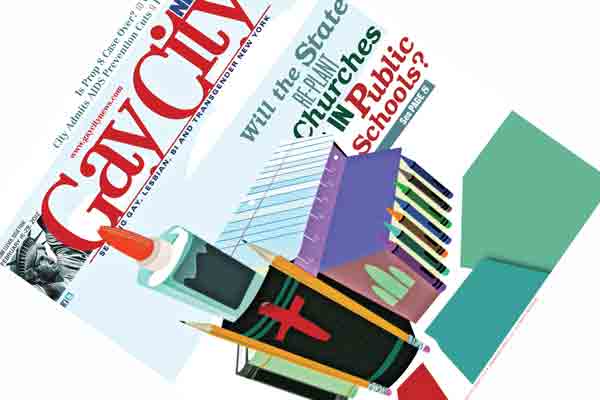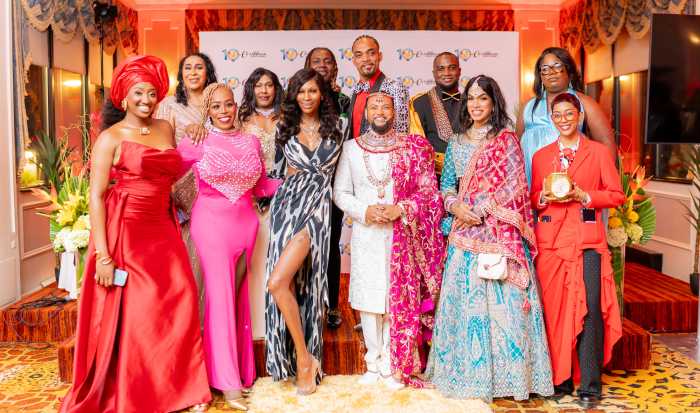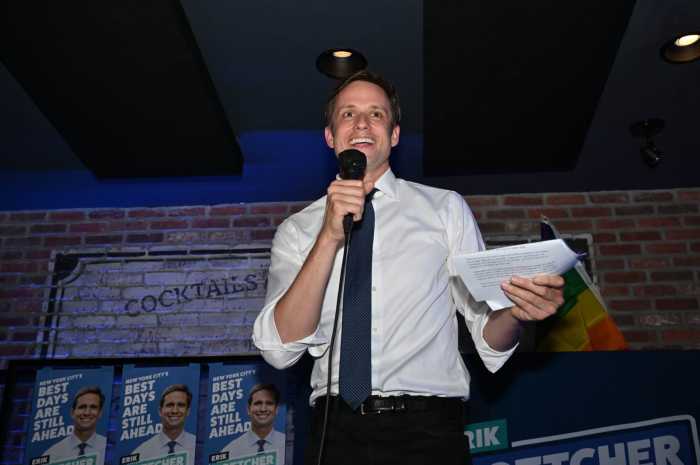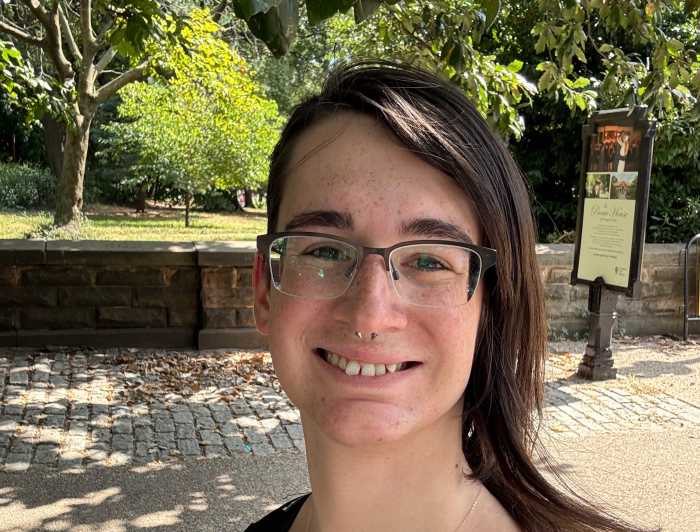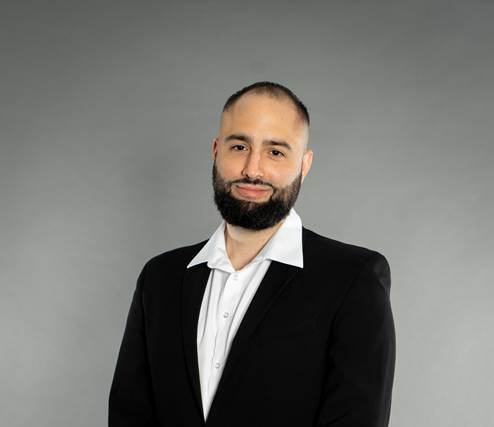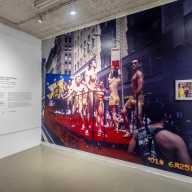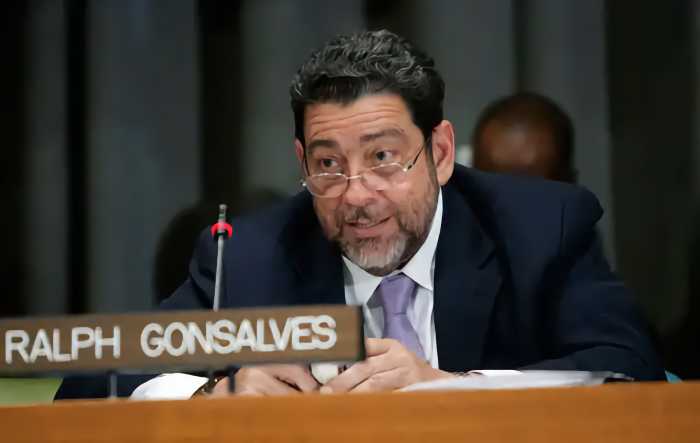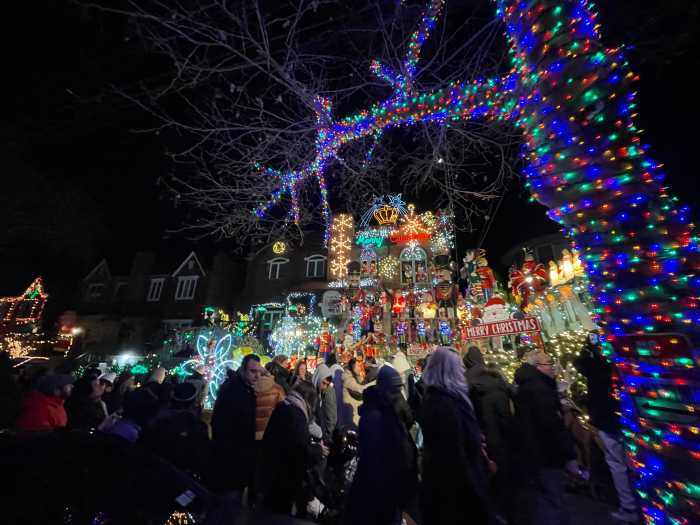 Many of the more than 60 evangelical churches that were once holding regular worship services in New York City’s public schools share views that make them unacceptable to a lot of New Yorkers. A number of them are part of religious networks closely affiliated with anti-gay ministries. The Village Church, for instance, which was planted inside PS 3 in the West Village, had an ongoing ministry called GAME, or “Gender Affirming Ministry Endeavor,” which was a member of the “ex-gay” organization Exodus International. Some of the churches subscribe to a hierarchical view of gender arrangements referred to as “Male Headship.” The pastor of the church that was planted in my children’s old public elementary school, PS 6 on the East Side, instructed the congregation to pray that all aspects of government and society would be taken over by fundamentalist Christians.
Many of the more than 60 evangelical churches that were once holding regular worship services in New York City’s public schools share views that make them unacceptable to a lot of New Yorkers. A number of them are part of religious networks closely affiliated with anti-gay ministries. The Village Church, for instance, which was planted inside PS 3 in the West Village, had an ongoing ministry called GAME, or “Gender Affirming Ministry Endeavor,” which was a member of the “ex-gay” organization Exodus International. Some of the churches subscribe to a hierarchical view of gender arrangements referred to as “Male Headship.” The pastor of the church that was planted in my children’s old public elementary school, PS 6 on the East Side, instructed the congregation to pray that all aspects of government and society would be taken over by fundamentalist Christians.
On Monday, the US Supreme Court declined to review a Second Circuit Court of Appeals decision that upheld a standing ban by the city’s public schools on the use of their facilities for religious services. Shortly thereafter, the office of Mayor Bill de Blasio issued a statement that his administration “remains committed to ensuring that religious organizations are able to use space in city schools on the same terms provided to other groups.”
The argument for allowing the churches to reenter and operate out of the public schools, espoused by de Blasio and others, is that we need to have the same standard of “equal access” for everyone. We can’t exclude religion but not soccer, the argument goes.
But religious groups aren’t the same as soccer clubs. No one would think twice about banning a soccer group that discriminated against LGBT people and, say, Hindus, for example. But religion is a separate, protected category. Our legal system and our culture permit religions a kind of leeway to which other groups are simply not entitled. Religious groups are allowed to do things, such as discriminate against women, LGBT people, and people of other faiths, that other groups are not allowed to do.
This is precisely why the Constitution separates church and state. It is also why the Constitution guarantees freedom of religion separately from freedom of speech — because they are different and are handled differently by the courts and by our system of taxation. The fact that religions are allowed to endorse discriminatory views and engage in discriminatory practices is exactly why we should not have a state-subsidized network of religious organizations operating out of our public schools.
De Blasio has repeatedly expressed opposition to the Department of Education’s (DOE) long-held policy of keeping church and school separate. It is obvious why a politician would be motivated to bend and compromise on these principles: to curry favor with special interest groups by doling out a public benefit. But such a compromise would come at a steep expense to a city as tolerant and diverse as New York.
The first problem is that the churches will quickly come to dominate the school networks. That’s because if you decide for any number of reasons not to allow a soccer club to operate in the public school, nobody will accuse you of bias, whereas if you decide not to give the space to the churches you will be said to be violating their rights.
Also, as the DOE discovered over time, the churches planted in public schools inevitably try to make their presence felt in the school community. The church planted at PS 6, for instance, left their signage in the auditorium, where all the children could see it. Other parents complained that the churches planted at their kids’ public schools handed out postcards to children in the community inviting them to attend “the church at your school,” creating the false impression in children that the school was somehow associated with and endorsed the church planted within it. One of the churches handed out hot chocolate to the children during recess and invited them to attend services. A public school father reports that his daughter asked, “Daddy, is the church part of our school?”
Furthermore, if houses of worship are allowed to operate in public schools, the taxpayers will end up subsidizing one particular variety of religion — evangelical Christianity — because that is the only variety of religion that plants houses of worship in public schools in any significant numbers.
And finally, to the point of the Second Circuit’s majority decision, New York has a legitimate concern that allowing churches in will expose it to violations of the Establishment Clause, which will result in still more legal expenses and a needless waste of administrators’ time.
It is useful to remember that there was nothing wrong with the policy of keeping church and school separate. Planting churches in New York City’s public schools is not a long-established right that was taken away.
Excluding groups because they are religious in nature is not to discriminate against their specific religious beliefs. It’s perfectly constitutional; indeed, it’s exactly what the Constitution does when it prohibits the establishment of religion and deals with the freedom of speech and of religion in two seperate and distinct clauses. Supporting churches in public schools may make sense for de Blasio’s politics. But it’s a really bad deal for New Yorkers.
Katherine Stewart is the author of “The Good News Club: The Christian Right’s Stealth Assault on America’s Children,” published by PublicAffairs. Follow @kathsstewart on Twitter.

